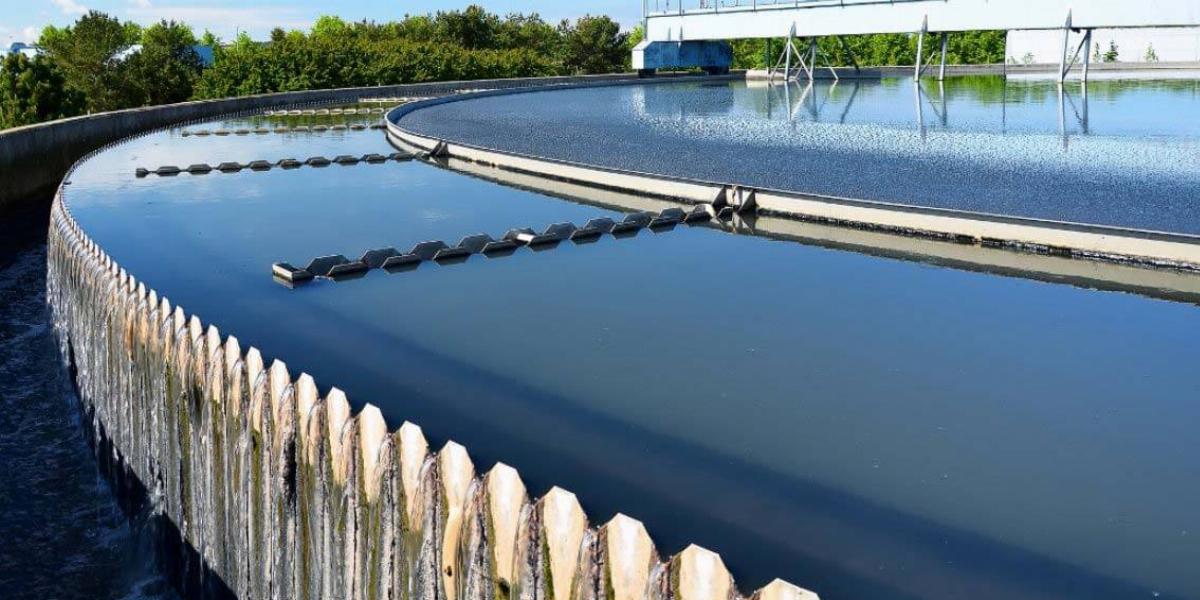
Thanks to four unassuming steel tanks installed in late 2016, the Laguna Wastewater Treatment Plant in Santa Rosa, California, has become an unexpected environmental hero. Those tanks allow the facility to use tough-to-treat waste like grease and oils to dramatically boost its production of biogas, setting a course to become one of the most successful waste-to-energy plants in the country. In the process, the facility is also boosting profits for local businesses by lowering their waste removal costs.
The Laguna plant uses a three-part process to recycle wastewater from homes and businesses throughout Sonoma County, removing pollutants to render the water clean enough to be reused in numerous ways. In the first step of this process, solid waste from Santa Rosa’s sewage system is pumped into anaerobic digesters, where bacteria break the solids down to produce biogases such as methane. This waste-to-energy process provides a percentage of the plant’s power, lowering its annual energy costs. Sounds like a pretty good deal, but officials knew that it could be even better.
A sizable portion of Santa Rosa’s waste stream is made up of liquid waste like grease, fats and oils that can’t be sent through the sewage system. Before Laguna’s rebirth as a powerhouse waste-to-energy facility, restaurants and other businesses had to pay to have this waste hauled to treatment facilities in Oakland. But those materials can be energy goldmines, producing up to four times as much methane as typical solid waste. Recognizing this, the city spent 3 million dollars to update their plant to handle this high-power waste.
3 million dollars might seem like a steep price tag, but the plant is already producing 40 percent more methane than it was previously. At this rate, the plant will pay for itself in just four years. The more energy the plant produces, the lower and more stable its rates will be, making this a major win for ratepayers as well.
And that’s just the beginning of the benefits Laguna’s new waste-to-energy process will have for Santa Rosa. All kinds of businesses, from restaurants to breweries to meat processing plants, can now skip the 70-mile trip to Oakland and instead send their hardest-to-dispose-of waste to a local facility. These businesses have already seen significant savings in terms of fuel, personnel and vehicle wear-and-tear.
Their improved waste-to-energy plant has even begun to draw new businesses to the city. The fact that Santa Rosa offered a cost-effective and eco-friendly waste solution was the deciding factor in HenHouse Brewing Company’s decision to move their operations to the city. It’s expected that other businesses will soon see the same benefits to setting up shop in Santa Rosa.
According to plant officials, buy-in from area businesses was key to the plant’s success. Before putting their plans in motion, the city reached out to businesses to craft a service that would meet their needs. As a result of that early legwork, Santa Rosa has built a waste-to-energy facility that accomplishes a rare feat – an enterprise that operates sustainably while simultaneously fostering economic growth. Plant officials predict that demand may one day outstrip the facility’s capacity—a “problem” they no doubt look forward to solving.